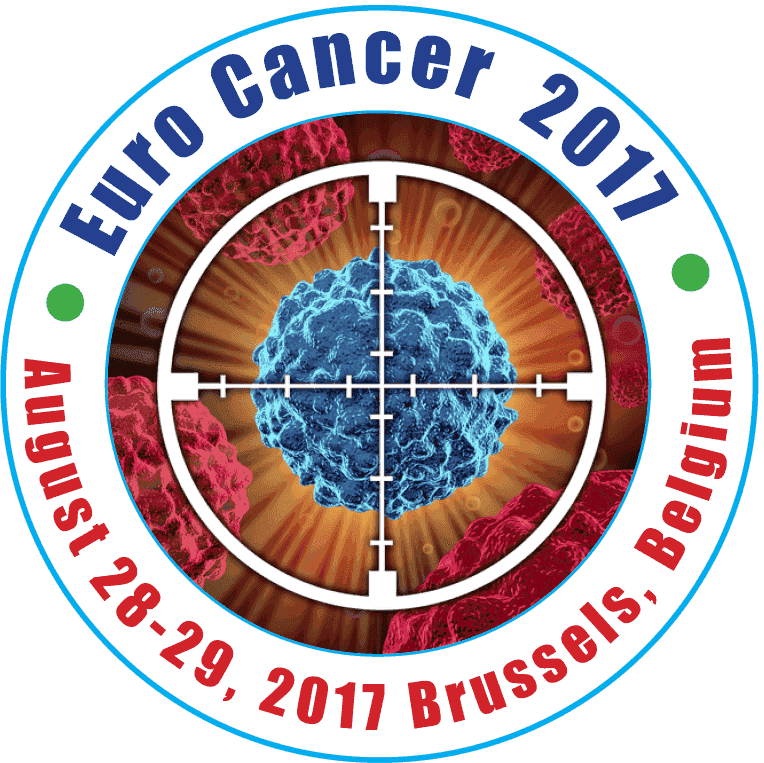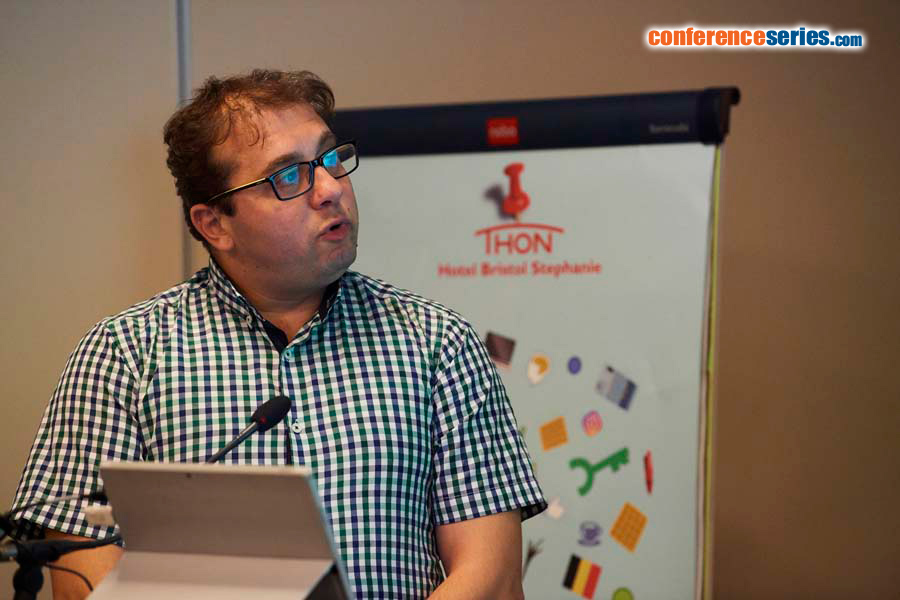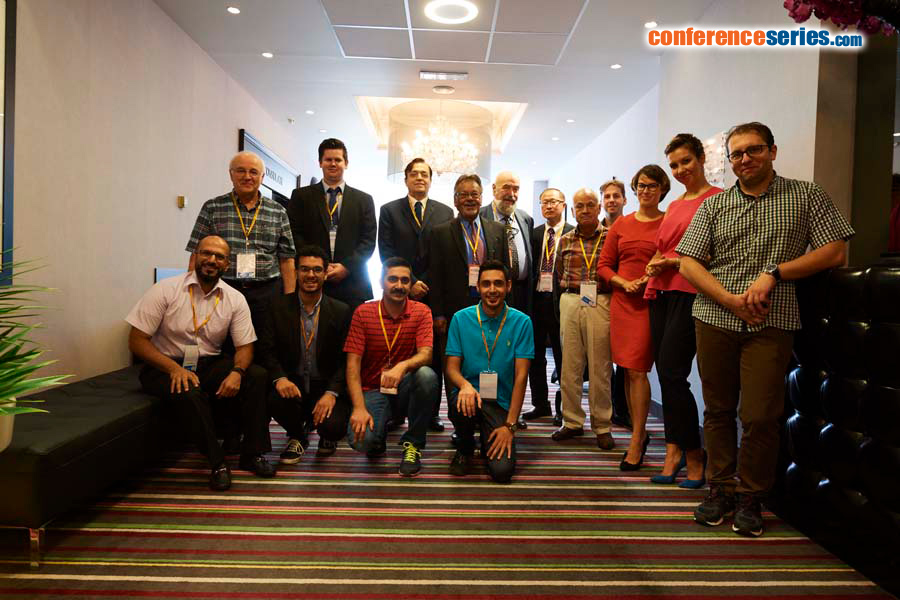
Fikri Selcuk Simsek
Firat University, Turkey
Title: Are there any opportunities with more higher TSH levels and smaller tumor size for individualised radioiodine theraphy in DTC?
Biography
Biography: Fikri Selcuk Simsek
Abstract
Introduction: DTC (Differentiated Thyroid Cancer) is most frequent endocrine malignancy, and after the surgery RA (Radioiodine Ablation) is the second step. But up to 20% of patients don’t have sufficient response to first dose. These cases mostly receive more than one doses. This increased patients and medical staff’s radiation exposure. In addition RA requires discontinuation of levotiroxin and this is really hard period psychologically and physically for patients. TSH>30 uIu/ml is a criteria for RA and some studies reported, if TSH is increased, TR (Theraphy Response) can be higher. In addition, tumor size
and TR rate have negative correlation in most of cancers. In this preliminary study, we assessed different TSH levels and sizes
relation between TR. Our hypothesis is, these findings can give us opportunity to individualised radioiodine theraphy and
more successful patient management.
Methods: We retrospectively reviewed DTC patients who received RA after surgery in 2011. Total 66 patients can be found. They assessed 6-12 months with I-131 (Iodine131) WBI (Whole Body Imaging) and stimulated Tg (Thyroglobulin) for TR. If Tg<0.2 and I-131WBI negative; 0.2
Findings: NR rate for TSH<30; 30-50 uIu/ml; >50 uIu/ml are 25%; 14.3%; 10.8% respectively. ER and HLR rate for TSH>50 uIu/ml and <50 uIu/ml are 75.6% and 83.4%. Tumor size have <10 mm; 1040 mm have 4.0%; 13.0% and 42.9% NR rate.
Conclusion: TSH<30 uIu/ml isn’t sufficient for RA. But there is no significant differencies between 30-50 uIu/ml and >50 uIu/ml. If tumor size>40 mm NR rate is very high. In these patients radioiodine doses maybe increased. But these preliminary findings needs to be supported by high scale studies.




